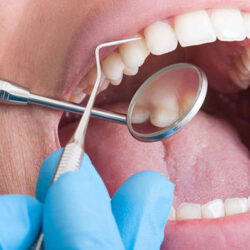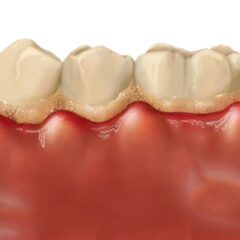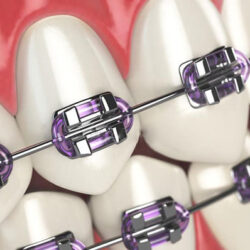Benefits of Orthodontics
How orthodontics corrects dental malpositions and enhances esthetics.
Orthodontics not only addresses esthetic problems, but also improves dental function. This branch of dentistry specializes in correcting malpositions, ensuring a harmonious smile.
To achieve these results, orthodontists employ advanced tools. From traditional metal brackets to modern aligners, known as invisible orthodontics, there are options for everyone.
These changes incorporate the keyword and maintain the search intent while conforming to the word limit. I hope you find it useful!







